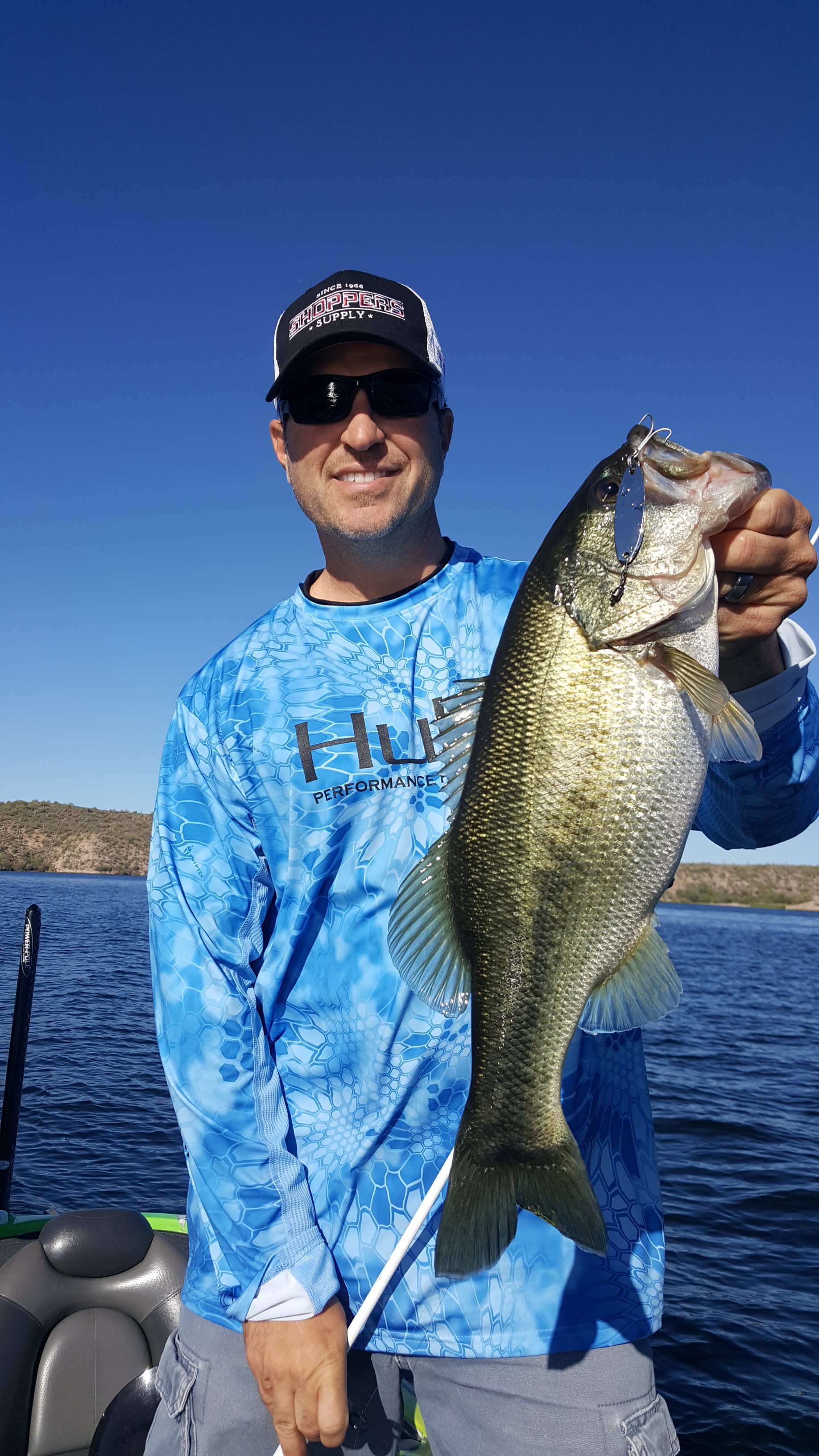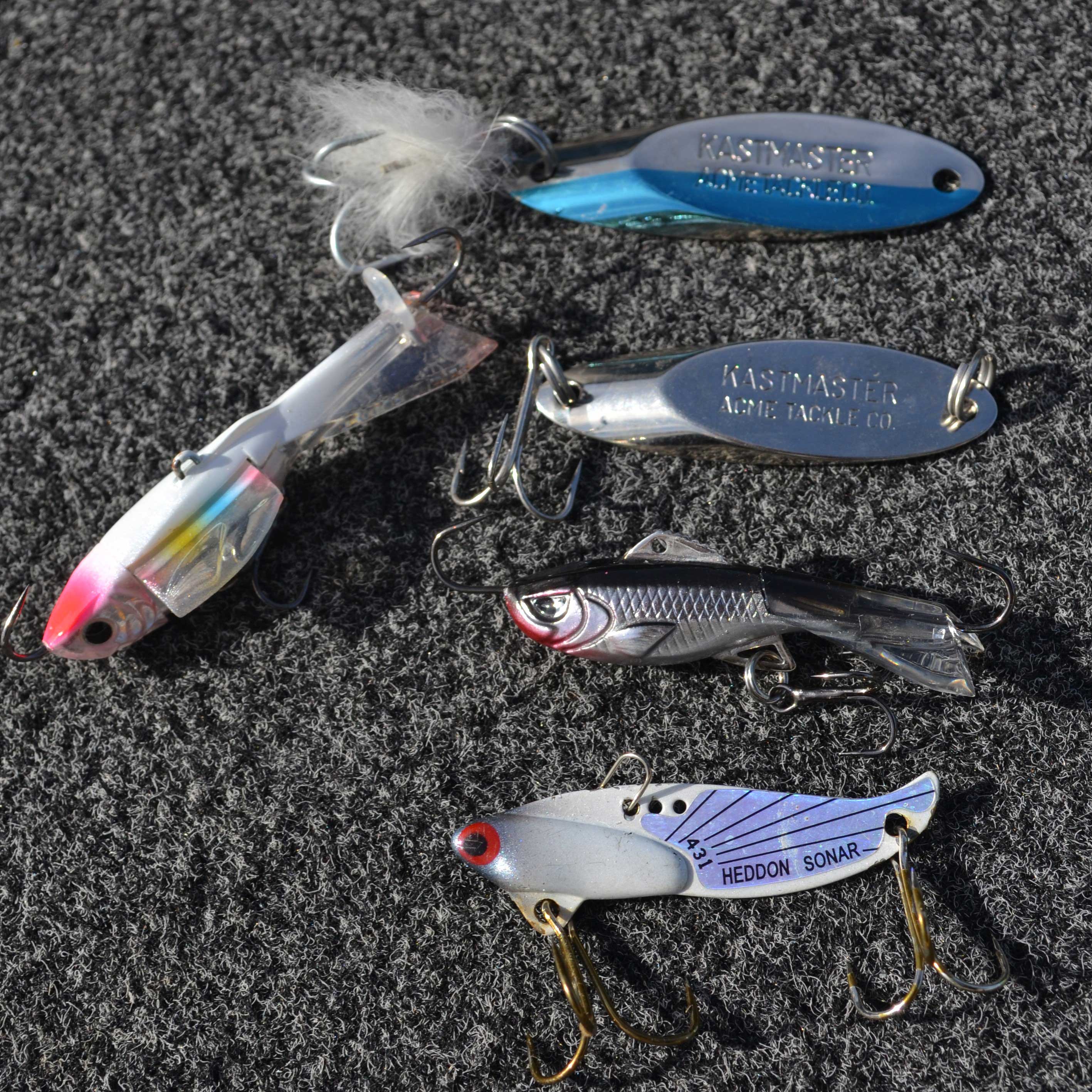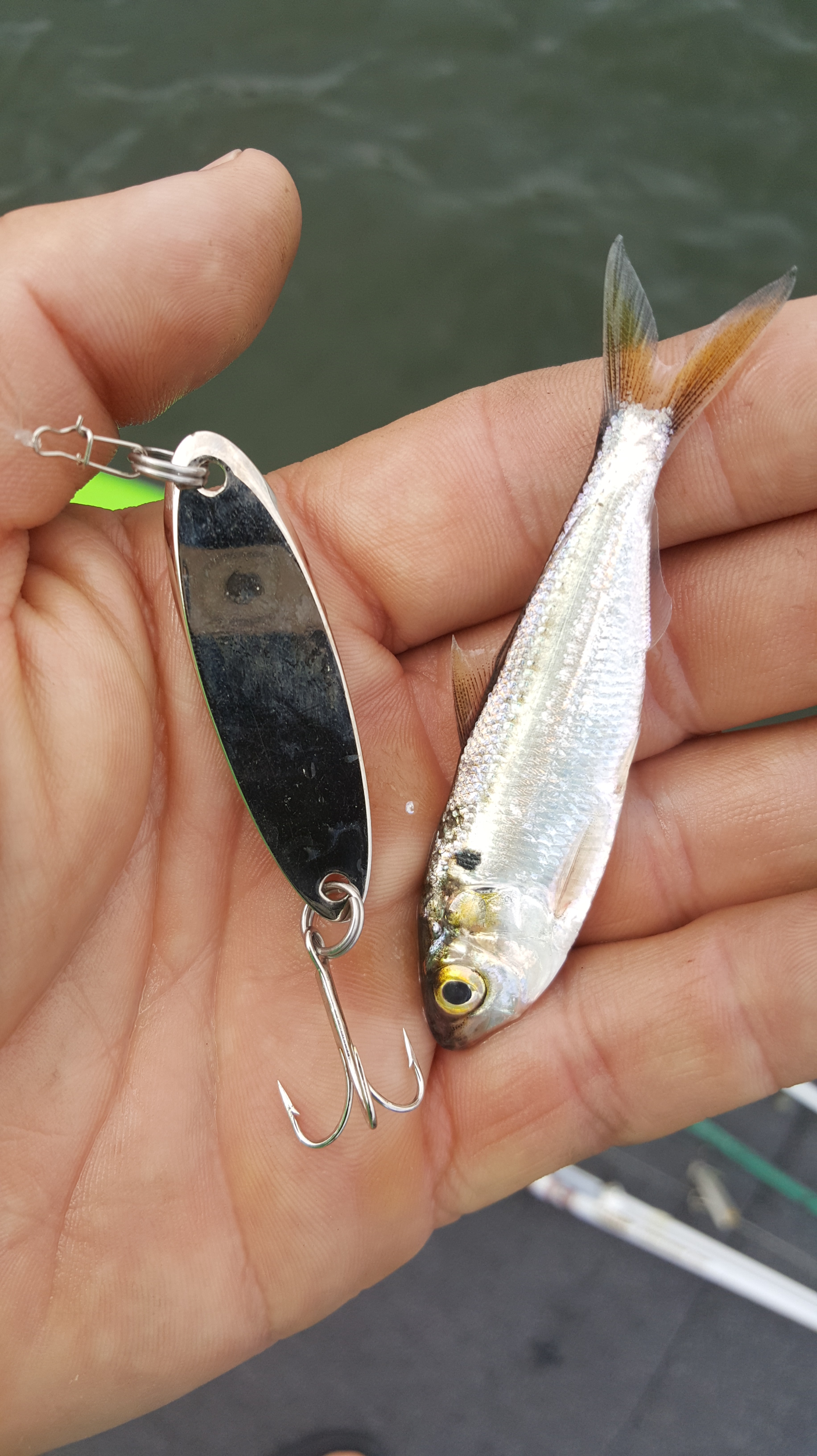Ron's Catch - January Tip & Tricks

How to Catch Cold Water Bass
by Ron Johnson
Cooler weather is FINALLY here! After the long Arizona summer, most people welcome the cooler temperatures including me. Yes… temperatures will be cooling off, but the fishing can be red hot!
If you’re one of those people who usually puts the fishing poles away during the fall or winter because you just can’t seem to catch them once the water cools, I recommend you give it another chance and I have some great tips on how to keep them biting.
Fish will often migrate out of the shallows and head to deeper water during the fall and winter months. Finding areas that have a high level of oxygen and food source will be key. Using electronics to locate such areas is crucial because there will be a lot of dead zones, especially in the winter. Once you locate baitfish on your graph, the bass are usually somewhere very close. When the water cools from the low 60s to the mid-low 50s, fish can get a little sluggish because they are cold blooded. This does not mean they don’t eat, it just means they don’t need to feed as often or move very far in search of food. Bass will usually be in large schools or holding in key areas so once you find them, very often you don’t have to move around too much to catch.
It is not unusual for me to spend November thru February in 55 to 80 feet of water exclusively when in search of mega schools of bass. They will school up this time of year, and when you find them it can turn out to be some of the best fishing days of the year. This is when I recommend busting out a few of the lures mentioned below.
Lures that get down to those depths quickly and effectively is important. Over the years I have narrowed down a handful of baits that will get the job done just about anywhere you find the fish holding from 25 feet and deeper. Remember….it sometimes it takes a little finesse, patience and persistence when trying to unlock the pattern that works best.

My #1 lure is a 3/8 to 1/2-ounce ACME KASTMASTER. This lure not only replicates the size and shape of a shad, but also flutters and swims through the water column in a way most lures just cannot replicate. You can use a Kastmaster in a vertical drop on the fish, or in a “cast and retrieve” swimming pattern. Both are very effective patterns, and how a bass prefers the presentation on any given day can change. I use the Kastmaster much like a crankbait with a “retrieve and kill” cadence to trigger strikes and locate schools that may be away from the boat. This technique also allows you to work the whole water column from bottom to top, covering the various depth zones the fish may be holding on that day. For instance, if the fish are more aggressive or feeding on shad suspended half way up from the bottom, dropping to bottom and jigging may not be the most effective way to catch them. Swimming up through or past a school of bass feeding on shad can quickly add to some fast and fun action. When it comes to color, in clear water I prefer straight chrome or chrome/blue, and switch to gold in cloudy water or lower light conditions as it tends to trigger more strikes.
 Second, I like to use a minnow style jigging lure such as ACME Hyper Rattle, Hyper Glide, or a vibrating bait such as a Heddon SONAR. These baits have erratic action and put out more vibration which can be very effective. Though they are more ideal for jigging directly below, you can also cast and retrieve with a constant slow retrieve or a pump and fall retrieve. Be aware that casting these lures will result in the lure catching on the line occasionally. Spend time experimenting and mastering these few simple lures and techniques, and the deep-water fishing will quickly become one of your favorites too!
Second, I like to use a minnow style jigging lure such as ACME Hyper Rattle, Hyper Glide, or a vibrating bait such as a Heddon SONAR. These baits have erratic action and put out more vibration which can be very effective. Though they are more ideal for jigging directly below, you can also cast and retrieve with a constant slow retrieve or a pump and fall retrieve. Be aware that casting these lures will result in the lure catching on the line occasionally. Spend time experimenting and mastering these few simple lures and techniques, and the deep-water fishing will quickly become one of your favorites too!
TIP: When it comes to equipment, I prefer spinning rod and reel. Use 20lb Seaguar Smackdown braid tied to 6 feet of 10 lb Seaguar InvizX fluorocarbon. The light line allows your lures to fall more natural with less drag in the water that often comes with heavier line. This will also eliminate line twist and help you detect the slightest strikes. I recommend a 12-20lb Ball bearing swivel with a quick clip that will allow you to quickly change lures to maximize time, an avoid line twist.